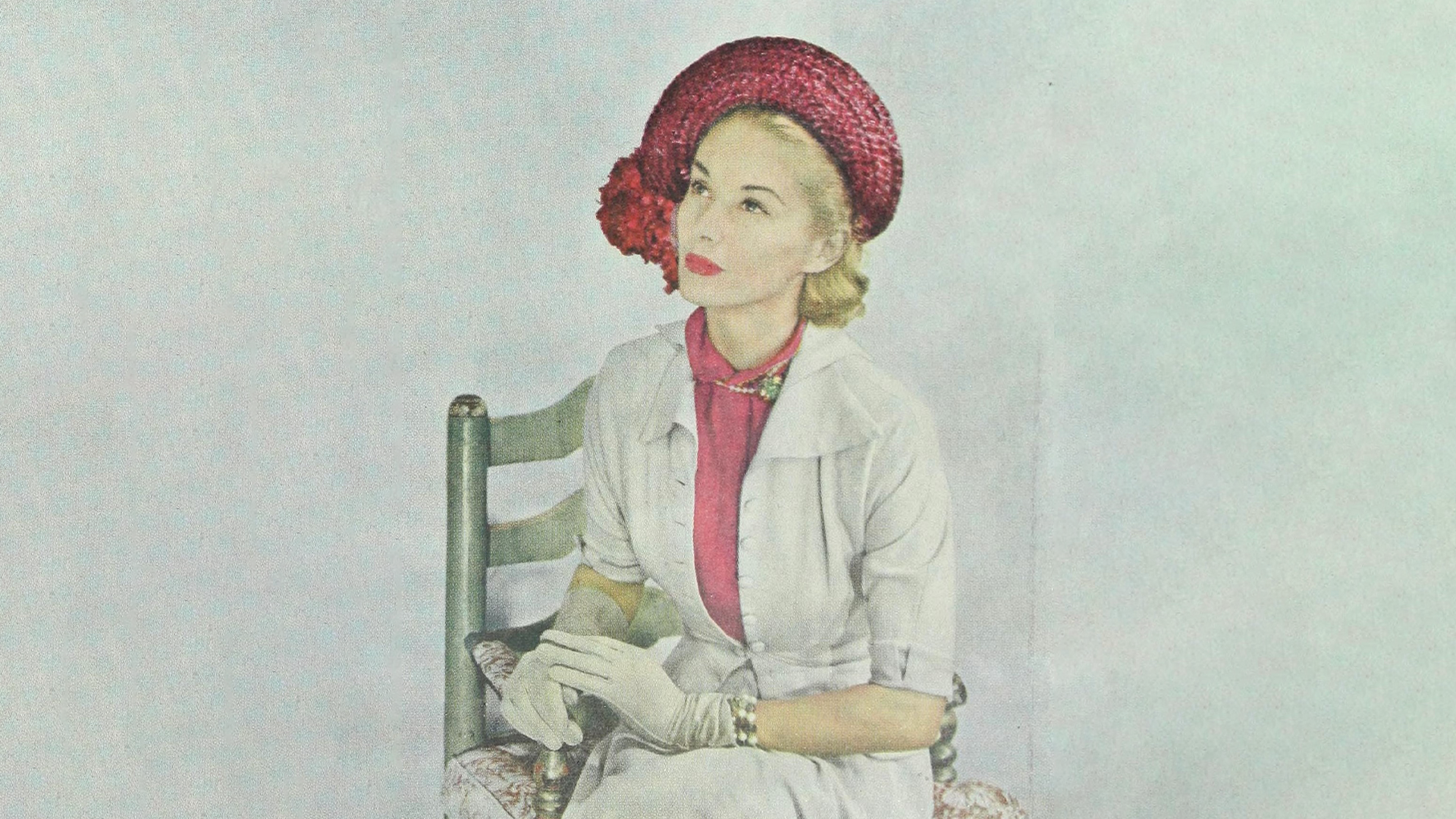Brazen color combos and a mix of unexpected materials brought attention to the artistic jewelry creations of Seaman Schepps, who also redefined what is precious by the materials that he used. His jewels were known to be bold, individualistic and artistic, each one a reflection of the uniqueness of the wearer.
A Lucky Name
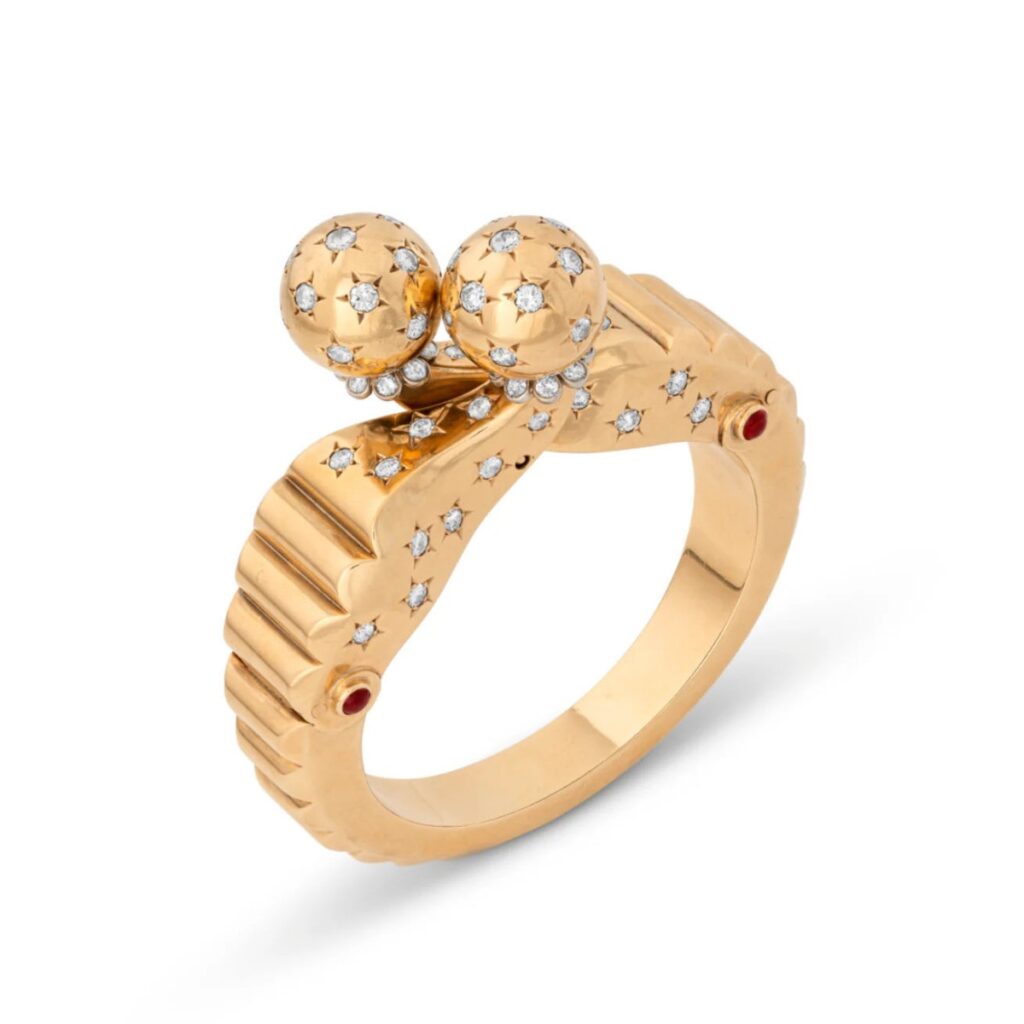
Born to Hungarian immigrants in 1881 in a lower eastside hospital in New York City, the story goes that Schepps’ mom saw a bank outside of the hospital window where he was born called Seamans Bank for Savings. Allegedly, she thought that the name felt monied and connected so she named her son Seaman.
Even though Schepps was doing various odd jobs to help keep his family afloat as a young boy, he showed an early attraction to the arts. He could be found hanging out at the Academy of Music and Cooper Union as well as some of the City’s more prominent theaters, all of which helped to nurture his own creativity that manifested a number of years later.
Initially, Schepps got work as a traveling salesman, landing in Los Angeles in 1904, where two major life events happened — he got married and opened a store that sold antiques and jewelry. After a short stint in San Francisco and another few years spent in Los Angeles, Schepps moved back to New York City in 1921.
A New Store
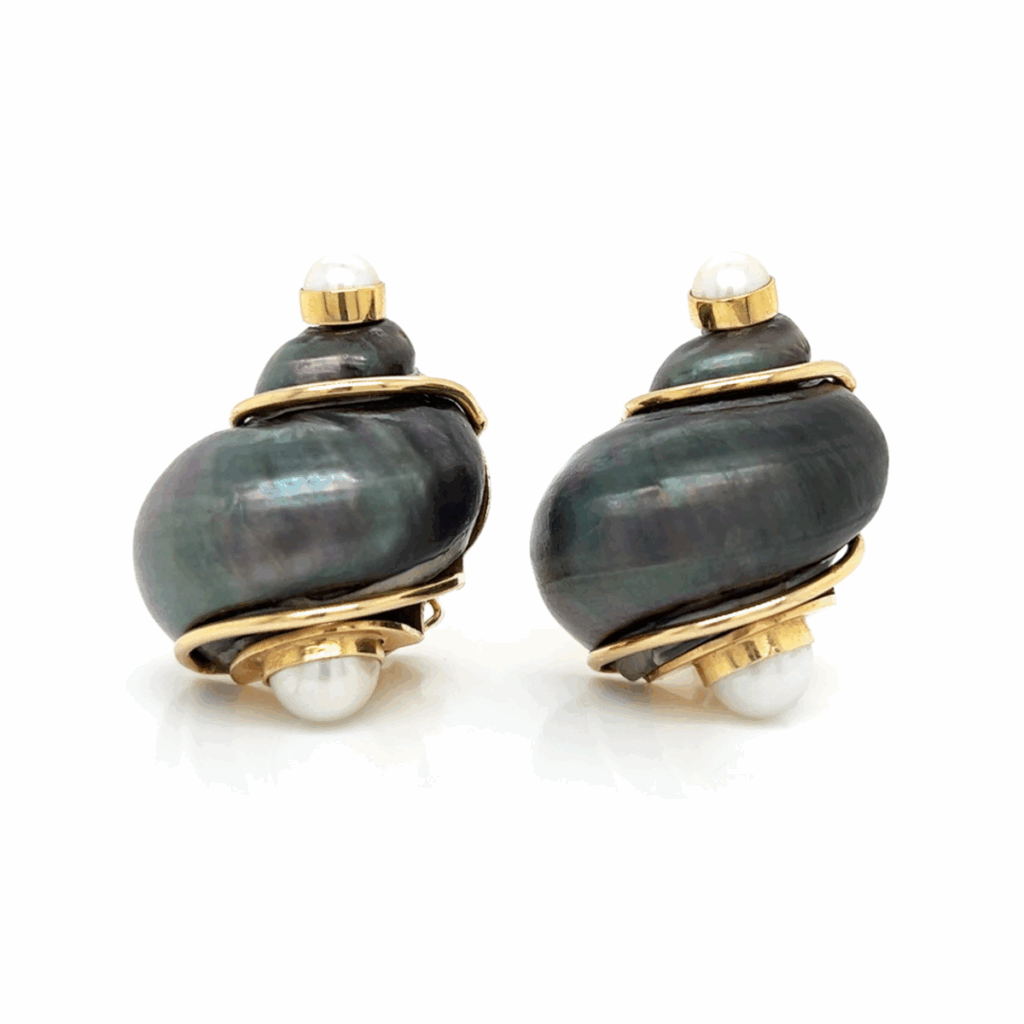
Upon his return, he opened a new store on Sixth Avenue around the corner from the Algonquin Hotel and its infamous lunch crowd of artists, writers and intellectuals who were well known creatives of their time. A force to be reckoned with, their daily gatherings became known as the Algonquin Round Table lending the hotel and businesses around it a certain creative importance. It was a perfect location since Schepps had many clients who were either patrons of the arts, or were artists or actors themselves.
However, disaster struck when the stock market crashed in 1929. Schepps lost everything in the crash, including his Sixth Avenue store. Schepps recovered from the calamity and reopened his store with a new approach. He made voluminous pieces with audacious color combinations and unexpected materials such as wood or shells combined with gold and precious gems creating trendsetting statement jewels.
Wood and Shells
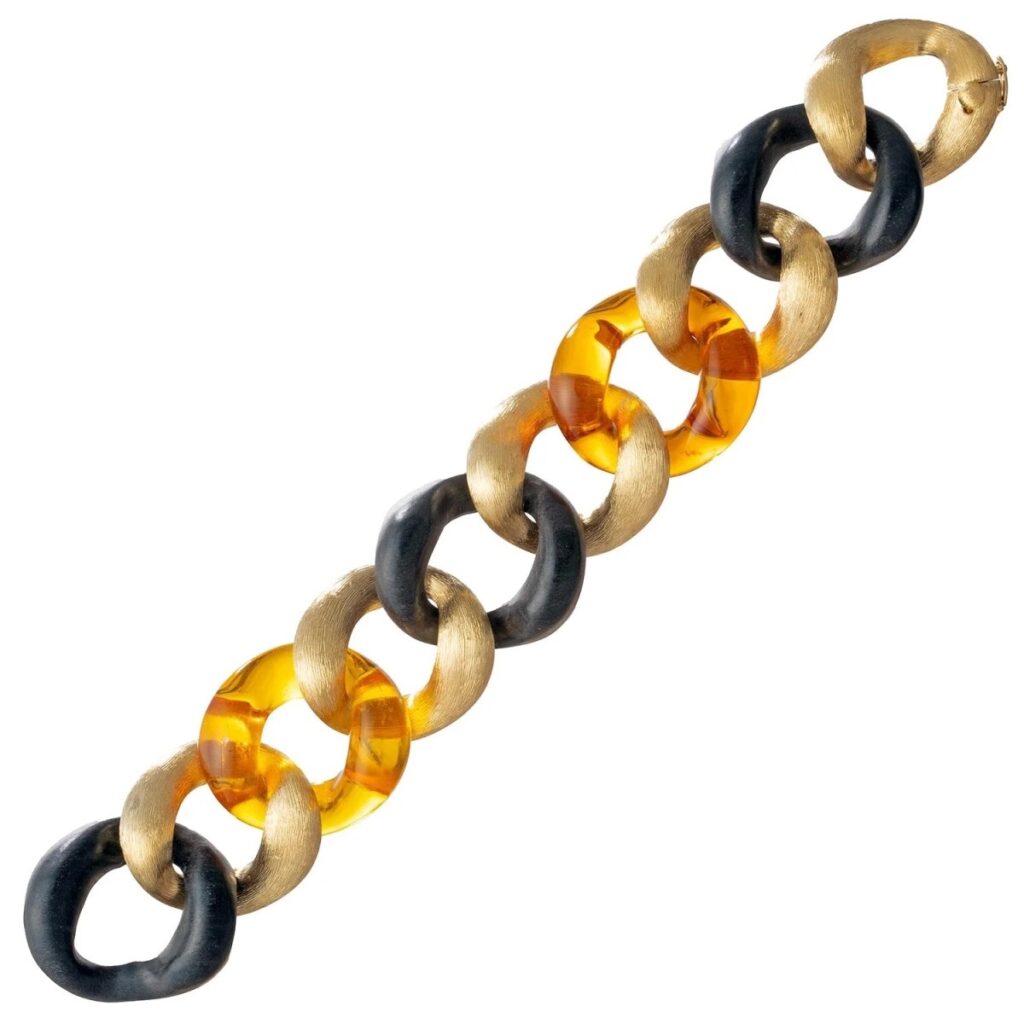
Schepps tended to use materials that weren’t generally used in jewelry. He favored coral and baroque pearls, turquoise and lapis lazuli. But he also had a penchant for pastel colored gemstones to make his oversized, chunky pieces. He made jewelry that celebrated creativity, it was fine jewelry that was sophisticated yet playful at the same time, something he accomplished through various combinations of materials.
Exotic wood and shells were two unusual materials that Schepps used to create his pieces, both of which became iconic in his line. Schepps first use of shells came about when one of his most influential clients showed up at his store with a necklace of turbo shells and asked that they be turned into earrings. He did and the shell earrings became one of Schepps most desired styles. The shells’ ends were capped with either turquoise, coral or pearls with gold wire wrapping the shell. Schepps used ebony or rosewood to make his oversized curb link bracelets alternating wood links with coral, gold, amber, carnelian or other precious materials.
By using shells or wood in his creations, Schepps changed the definition of what’s precious by treating ordinary materials as if they were gemstones or gold. The oversized curb link bracelets and shell earrings were the epitome of casual chic daytime dressing and a complete departure from more traditional styles of the time.
America’s Court Jeweler
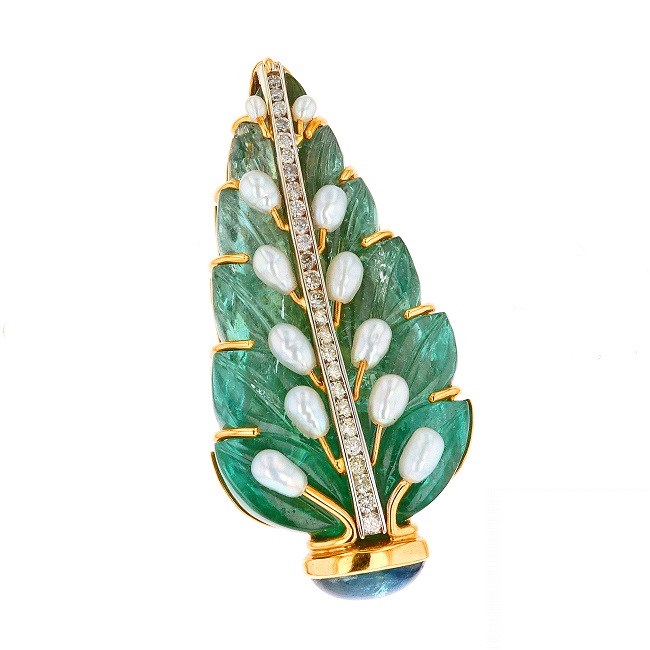
Schepps’ jewelry was a creative statement and fashion editors took notice. His work was featured by Vogue, Harper’s Bazaar and Look magazines. His jewels were also collected by such luminaries as President Franklin D. Roosevelt, the Duchess of Windsor, Katherine Hepburn and Andy Warhol as well as the DuPont, Rockefeller and Mellon families, all influencers of their time. This all-star clientele led to Schepps being dubbed “America’s Court Jeweler”.
Schepps died in 1972 and his daughter, Patricia Schepps Vaill, took over the business, selling it to private investors in 1992. Seaman Schepps lives on in an eponymous New York City store, fueled by the use of original molds and sketches to maintain the design aesthetic that he brilliantly created so many years ago.
Top of Page: Advertisement in Ladies’ Home Journal, 1948, featuring Seaman Schepps jewelry, photo by Wilhela Cushman, courtesy Wikicommons.
Authored by Amber Michelle
